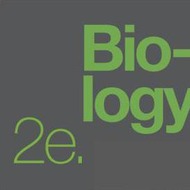
(View Complete Item Description)
Short Description:
This open textbook is designed for students in graduate-level nursing and education programs. From developing a research question to locating and evaluating sources to writing a sample literature review using appropriate publication guidelines, readers will be guided through the process. This book has been peer-reviewed by 7 subject experts and is now available for adoption and use in courses or as a library resource. If you’d like to adopt the book, please let us know. You can view the book's Review Statement for more information about reviewers and the review process. The Accessibility Assessment for this is book is also available. If you'd like to adopt or adapt this book, please let us know.
Long Description:
Literature Reviews for Education and Nursing Graduate Students is an open textbook designed for students in graduate-level nursing and education programs. Its intent is to recognize the significant role the literature review plays in the research process and to prepare students for the work that goes into writing one. Developed for new graduate students and novice researchers just entering into the work of a chosen discipline, each of the eight chapters covers a component of the literature review process. Students will learn how to form a research question, search existing literature, synthesize results and write the review. The book contains examples, checklists, supplementary materials, and additional resources. Literature Reviews for Education and Nursing Graduate Students is written by two librarians with expertise guiding students through research and writing assignments, and is openly licensed.
Word Count: 30668
(Note: This resource's metadata has been created automatically by reformatting and/or combining the information that the author initially provided as part of a bulk import process.)
Material Type:
Textbook
Authors:
Linda Frederiksen,
Sue F. Phelps




















